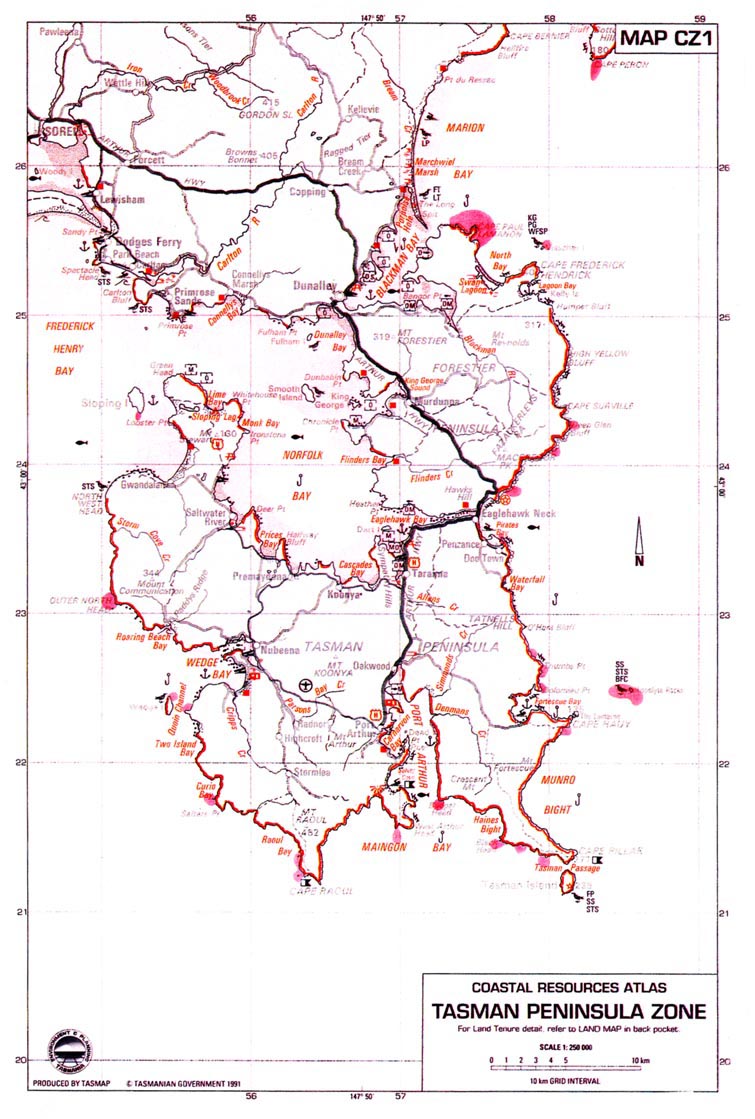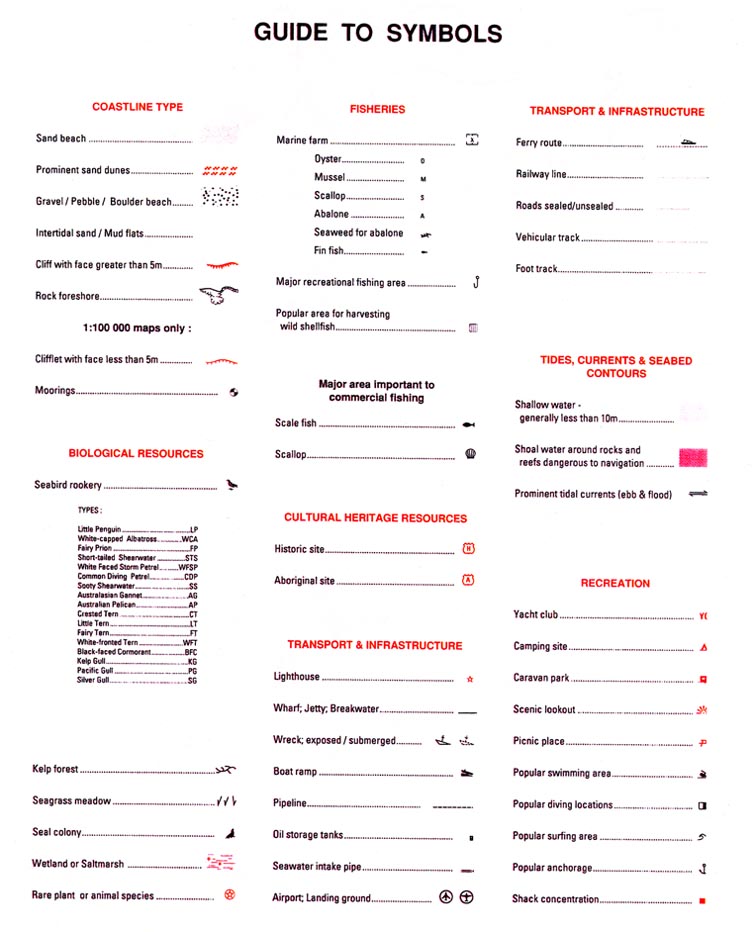Describing the environment
As we noted earlier in the subject, hazards, the community and the environment are inter-related. We need to protect our environment to ensure a viable future for us all.
Many hazards can adversely affect the environment, including chronic (that is continuous and low level) or acute (sudden and high level) pollution by hazardous materials. Chemical fires and spills have the potential to cause damage to the environment, which can be either long-term or short-term. We need only remember the damage caused by some of the more spectacular oil spills from tankers, the oil fires in Kuwait in 1991, or even small-scale firewater run-off from warehouse fires, to be reminded of the sensitivity and vulnerability of our environment.
So what is the environment?
The Emergency Risk Management Applications Guide defines environment as:
'conditions or influences comprising built, physical and social elements, which surround or interact with a community' (EMA, 2000)
The environment can also be defined as our natural surroundings, and includes plants and animals, water, air and soil. And, if any of these elements of the environment are damaged, other elements might also be affected, due to the inter-connectedness of all parts of the environment.
Human-made aspects of our immediate ('micro') environment, such as buildings, are included in our community description.
Paradoxically, the environment that nurtures us also causes some of the biggest threats-natural hazards. You may indeed find that in describing the environment you will identify some hazards that you haven't yet considered.
Some of characteristics of the environment that may be relevant to emergency management are:
- landforms;
- geology;
- waterways;
- climate;
- flora and fauna.
Again, do not be trapped into using only these characteristics, and remember that not all of them will be applicable to all hazards.
Mapping the environment
It is of course possible to map the vulnerable aspects of the environment. This can be useful in, at the least, the following areas.
Fire - Which areas contain forest resources, such as pine, that may be destroyed? Are there any fauna and flora that would be severely affected?
Hazardous materials - Are there any shell or scale fishing areas downstream of industrial outfalls that may be affected by acute spills? Are there any waterfowl or fish-breeding grounds downstream?
Oil pollution - Are there any fauna and flora likely to be affected by oil spills or by the use of oil dispersants? Are there areas that are used for recreation and tourism that may be adversely affected?
The Australian Department of Environment and Heritage maintains an online portal to the Australian Coastal Atlas, which can be accessed from its web site at http://www.deh.gov.au/coasts/atlas/
The Australian Coastal Atlas is a network of Australian Government and State/Territory nodes using a variety of interactive mapping tools to provide information about the Australian coastal environment.
The South Australian Atlas, accessible at the following URL http://www.atlas.sa.gov.au/ demonstrates the wide variety of environmental information now being produced in a map format.
Two pages from the Coastal Resources Atlas, published by the Tasmanian Department of Environment and Planning, are provided below. One of the maps is provided from the Atlas as an example of the type of information that can be displayed. The 'Guide to Symbols' describes the characteristics of the environment shown on the map.
You will notice the characteristics of the environment shown on the map include:
- coastline type;
- biological resources;
- fisheries;
- cultural heritage resources;
- recreation.


Which do you think is more important when considering the effects of oil pollution? Is your answer based on logical grounds, or is it a value judgement?
Pollution is of course one of the major destabilisers of the environment, and pollution events, when they occur on a sufficient scale, are one type of human-caused disaster that demands the attention of emergency management. Pollution of the air and sea is the subject of the next reading-a historical compilation of short articles on smog and air pollution that examine this specific type of environmental impact Events similar to those that are described within these articles have occurred elsewhere in the world on a regular basis since these articles were written. A notable air pollution event is the human caused forest fires that occurred in Indonesia during 1998 (http://rainforests.mongabay.com/08indo_fires.htm). With regard to oilspills, the contamination of parts of the Russian tundra following a massive oil pipeline leak in 1995 (http://archive.greenpeace.org/majordomo/index-oldgopher/9505/msg00009.html) and the contamination of vast areas of the Kuwaiti desert after the 1991 Gulf War demonstrate the impact that oil pollution can have on the environment.
 Read
Read